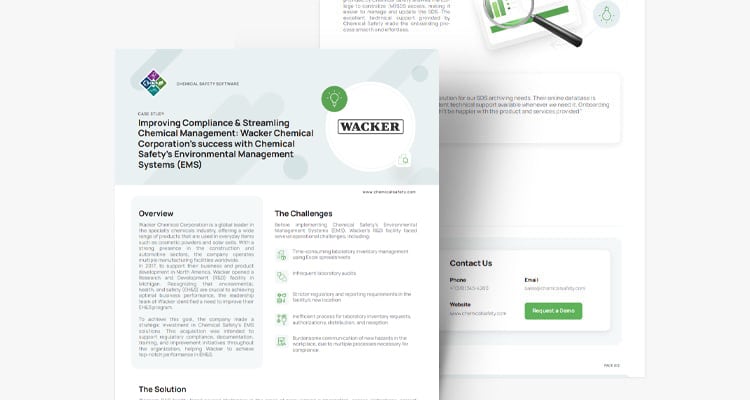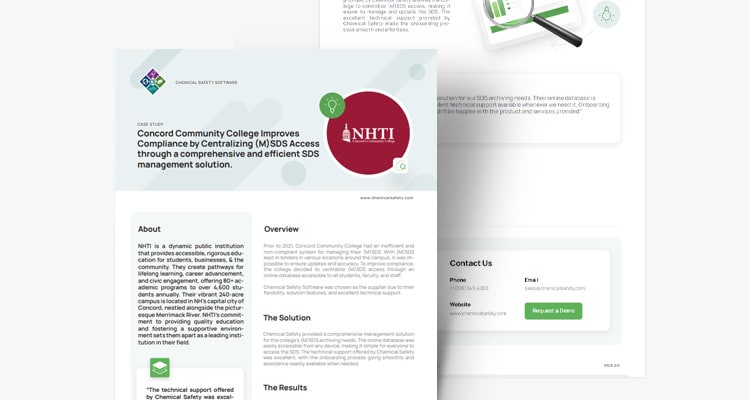There has been a lot of conversation about leading and lagging indicators in driving a workplace culture of safety recently. Everyone has a handle on lagging indicators, but what about leading indicators?
Lagging indicators track things that have already happened – an accident or incident, a near miss or first aid case. Many of these are required to be recorded for compliance with OSHA safety regulations. When analyzed and trended, these metrics can help identify gaps in the health and safety program.
Additional value can be found in tracking leading indicators.
Leading indicators are designed to prevent accidents and incidents. They track activities and events that precede an incident – think of them as early warning signals that give you time to correct a problem before an incident happens.
“A good safety and health program uses leading indicators to drive change and lagging indicators to measure effectiveness.” (OSHA)
Examples of leading indicators that you may want to consider for your health and safety program include:
- Safety training attendance – this can be an indicator of how seriously workers and their supervisors take the health and safety program.
- Equipment inspections – pre-use inspections of equipment can help prevent failures leading to accidents and spills.
- Housekeeping audits – a clean and well-organized workspace can help prevent slips, trips and falls and ensure that chemicals are properly stored – for example, flammable aerosols in flammable cabinets when not in use.
- Preventive maintenance – most effective when scheduled and then implemented on time. Tracking delays in maintenance can help generate conversations around the reasons for those delays and how to prevent them. Keeping equipment in top form is integral to safety as well as productivity.
- Leadership – when senior management is on the floor, workers notice. By creating a goal for leadership to walk the talk on a regular basis, workers will know that commitment to worker safety comes from the top.
Get creative. Look at your lagging indicator numbers and see where the system is failing. Create leading indicators to decrease incidents using SMART principles:
- Specific – action-based to minimize risk or make an improvement
- Measurable – a time-bound number-based metric
- Accountable – assigned to a single point of accountability
- Reasonable – must be achievable
- Timely – measured at a frequency that allows for trending
Examples might include:
- Monthly safety meetings will have a 95% worker attendance rate, as tracked by the Safety Manager.
- Forklifts pre-use inspections will have a 100% compliance rate, as tracked by the Team Lead.
- Daily housekeeping audits will be conducted by each shift, as tracked by Shift Lead.
- Preventive maintenance for all high priority work orders will have a 100% on-time completion rate, as tracked by the Maintenance Manager.
- Senior leadership will visit the shop floor at least monthly, as tracked by the Safety Manager.
Identify areas for improvement based on the data available to you – incident logs, observation cards, worker suggestions. Aim for effectiveness. It is better to have one or two leading indicators that drive lower incident rates and improved worker health and safety than ten that do not make a real difference.
To gain efficiency, use software and apps to collect and manage data. Create a baseline, and then trend over time. As incidents related to a specific risk or failure decrease, retire those leading indicators and create new ones. Review the results with senior management and workers for visibility, and to support a culture of safety.
Leading indicators, when used effectively, can drive long-term improvements to worker health and safety, which translates into a happier, healthier, more productive, workforce.



